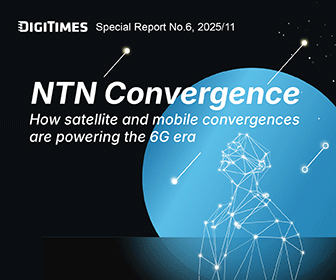Apple is set to unveil iOS 18, its latest mobile operating system, which promises a slew of significant updates. Among these, the most notable is the expansion of satellite communication services from emergency-only to a regular feature. This shift means that approximately 375 million iPhone users globally will soon be able to use satellite messaging even in non-emergency situations.
Until now, Apple's satellite messaging was reserved for emergencies, such as guiding rescue teams to stranded individuals in remote locations. Reports indicate that Apple has already started testing the new features of iOS 18 with a select group of users.
In tandem with Apple's push to enhance its operating system, its satellite service provider, Globalstar, is also stepping up its game. Globalstar has applied to the US Federal Communications Commission (FCC) to launch 26 additional satellites by 2025. Their long-term plan is to deploy a constellation of up to 3,080 satellites over the next few years, aiming to deliver more extensive, stable, and faster satellite communication services.
Rumors have long suggested that Apple CEO Tim Cook envisions a future where Globalstar provides more than just emergency messaging. He is pushing for the development of technologies like satellite voice calls, which would allow Apple's mobile services to bypass traditional terrestrial networks.
Industry competition and challenges
This strategy could mean that Apple is looking to sidestep services from US telecom giants AT&T, Verizon, and T-Mobile. However, these carriers are not standing still. They are also heavily investing in integrated mobile satellite services. T-Mobile, in particular, is leading the charge and is expected to launch its Direct to Cell (D2C) project with SpaceX commercially within the year.
SpaceX has already launched over 100 D2C satellites to support this initiative, with more on the way. Despite the imminent commercial launch, T-Mobile has yet to release details about the service, including whether it will be limited to emergency use, the conditions for usage, and pricing.
Meanwhile, AT&T and Verizon have teamed up with satellite provider AST SpaceMobile. However, their satellite messaging services are still years away, as AST SpaceMobile currently operates only one test satellite. According to recent filings with the US Securities and Exchange Commission (SEC), AST SpaceMobile plans to launch its first batch of five commercial satellites via SpaceX in the coming weeks. Their goal is to begin providing services to select geographic areas after deploying an initial 25 satellites.
These ambitious plans face numerous challenges. Regulatory approval remains a significant hurdle, according to Walter Piecyk, an analyst at LightShed Partners. For instance, Globalstar's request to the FCC for special spectrum usage has encountered opposition from several companies, including SpaceX. Similarly, the review of SpaceX and T-Mobile's satellite messaging system has met resistance from AT&T, Verizon, EchoStar, and Dish Network.
Beyond regulatory issues, there are concerns about the compatibility of different satellite services. For instance, while Apple's emergency satellite messaging service with Globalstar is already operational, future T-Mobile users with iPhones might have to choose between using the service developed in partnership with SpaceX or Apple's service, presenting a technical conundrum. AT&T and Verizon will likely face similar dilemmas with their offerings.
Despite the excitement, analysts caution that satellite services will not replace terrestrial mobile networks in the short term. In terms of transmission capacity and performance, satellite networks still lag behind terrestrial 5G services. Additionally, satellite transmissions can be unstable due to distance and cloud cover, and there are currently no smartphones on the market that support high-capacity satellite transmissions.
As a result, Tim Cook's vision of direct satellite mobile services for iPhones may still be several years away from becoming a reality.




